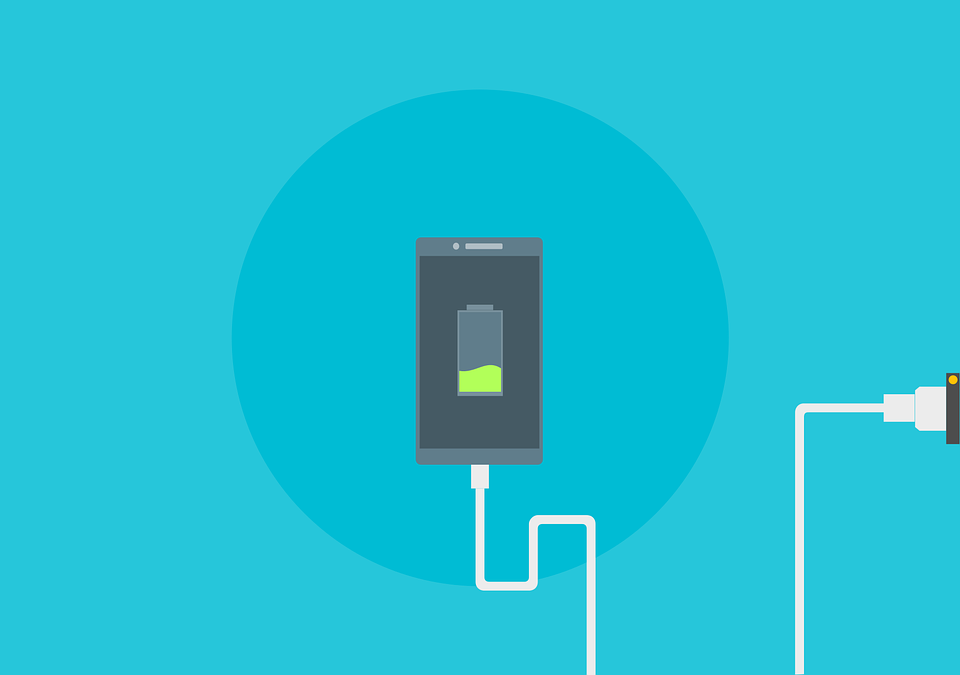[ot-caption title=”The Nexus 6P (left) and Nexus 5X (right) on display as the latest in the Google line up. (via, TechStage/Flickr)”]
On September 29, Google held their annual Nexus event, where CEO Sundar Pichai and other fellow executives revealed Nexus’s new device lineup for next year. Before members of the press, the Google leadership presented a 5.2″ Nexus 5X and alternative phone Nexus 6P at 5.7″. They also premiered an update to the widely popular smart TV plug as well as some small announcements in regards to the Marshmallow update for the Android.
The two phones, which some may argue mirror the model developed by Apple with the 6s and 6s Plus, vary in screen size by 0.5″ diagonally. The LG built 5X, marketed as the smaller and affordable of the two, has a polycarbonate plastic backing with a 1080p 5.2″ display. It is also coupled with countless additions like a fingerprint sensor, USB Type-C charging and transfer port, and camera, which contains a sensor with a larger aperture and pixels to capture more light. With three different color options (white, black, and teal), this phone comes in at a base price of only $379. This comes in at an extremely competitive price, displaying a now common trend of companies selling their devices unlocked at lower prices.
The “bigger brother” to the 5X is the Nexus 6P, which come in at 5.7″ for screen size at a resolution of quad high definition (QHD) or 1440p. This Huawei phone has better features in almost every sense. It contains the Nexus Imprint fingerprint reader (placed at the back of phone below the camera module) and USB C connector while bringing an improved front facing camera at 8 megapixels. It possesses a better build with the use of mainly aluminum and glass. These luxury features come at a price though: this phone retails starting at $499. Both phones are already available for preorder, but shipping will begin later this month.
The slightly less anticipated announcement of this event was the unveiling of two new chromecasts, which previously only came in one variation. For those who are unfamiliar, the chromecast is a small dongle style device that plugs directly into the HDMI port of any television and effectively converts it into a “smart” television. When a phone or tablet is connected to the same wireless network as the chromecast, an icon will appear within specified applications that allows for transfer of the content being displayed on the phone to the television. However, this new iteration brings an audio version that connects to speaker and allows multiple people to “cast” their music to said speakers while the TV variant retains the simplistic, impressive functionality of the previous chromecast while also including novel features such as design refresh, improved application that has a predictability function for anticipating what will be casted, and enhanced wireless connectivity for even faster streaming. All of this comes in at $35 available now for each chromecast (either television or audio).
All in all, this release brings about two significant updates to the Nexus phone and Chromecast lines of Google products that are anticipated to continue in their popularity. Google maintains its position of providing valuable devices at a low cost; such a strategy has proven effective and well received by consumers, which has enticed others in the market to follow suit. Ultimately, this is the design of Google products, which is to advance the current market by offering aggressive and unforeseen experiences.
Sources: The Verge, Google, Android Central
































![Stranger Things 4: What to Expect [Warning: Contains Spoilers]](https://pcpawprint.com/wp-content/uploads/2021/11/StrangerThings4-900x473.jpeg)

































































